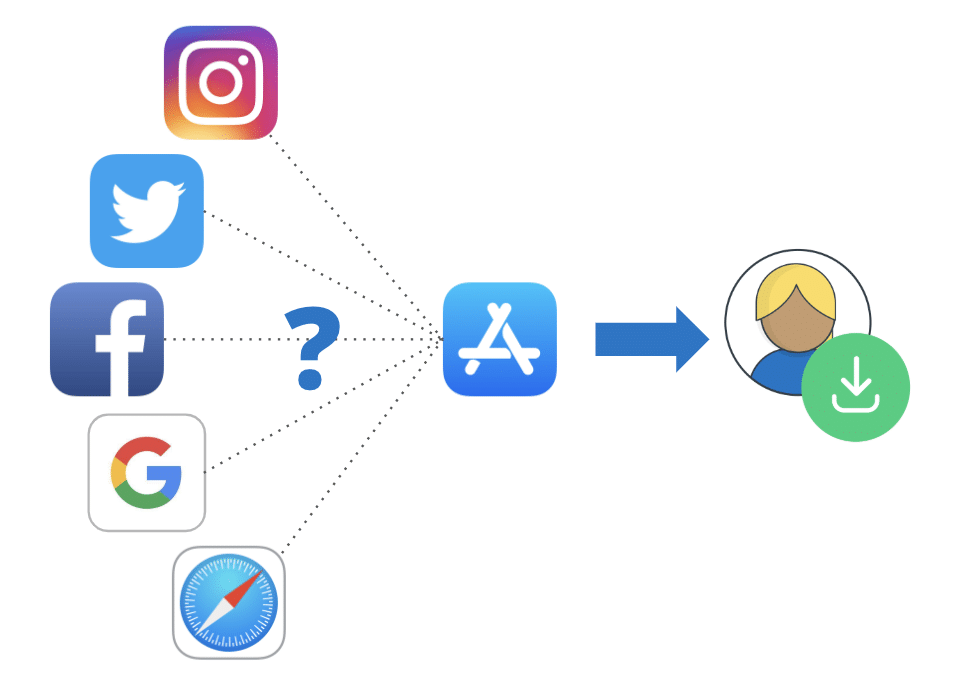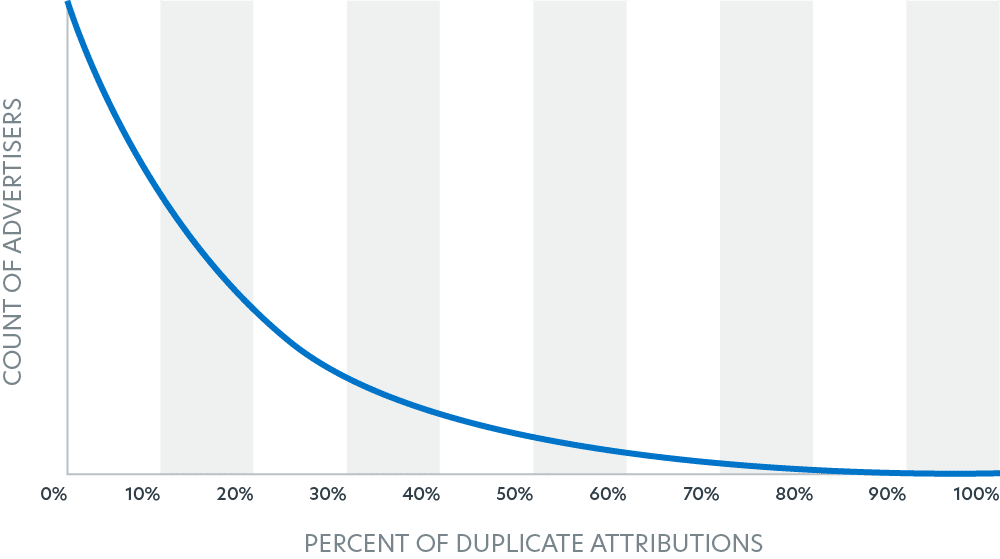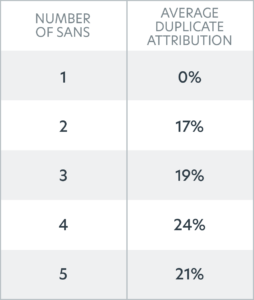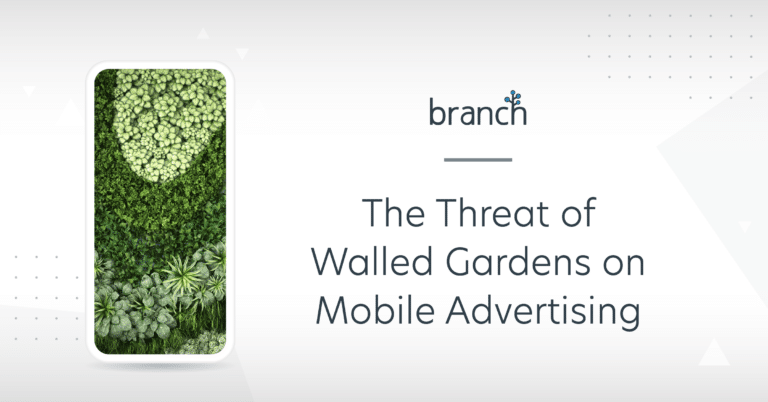
You know the struggles. A new user just downloaded your app, and you have no idea where they came from. Both Facebook and Google are sending you a bill for an advertisement that potentially drove that user, and you have no choice but to trust their numbers. Then, you heard about this new technology called mobile measurement, that plugs into all of the ad networks and can actually tell you which numbers to trust. You understand the true cost for a single user, and more importantly, you started sleeping well at night.
That is until January 2020, when this concept was threatened. Google quietly rolled out changes that make it impossible for you to deduplicate and audit your iOS advertising traffic on their network, and have considered a more complete blocking originally planned for March this year. Beyond this, you’ve heard rumors that Apple may be disabling the advertising ID, a cornerstone of the technology needed to perform the service. You know what is coming, and you know your costs are going to increase and you’re going to lose essential visibility.
The mobile measurement ecosystem has not only enabled direct cost savings, but also has enabled crucial strategic insights as your business and customer base evolves. Without knowing the performance of each campaign or network, you couldn’t iterate your marketing strategy to become more efficient over time. You’d be flying blind.
Unfortunately, the mobile measurement industry requires many parties to participate to create a healthy dynamic. The advertising platforms must actively support integrations and yield some power to the measurement platforms to determine which network wins credit and ultimately determine the payout*. And, to their individual dismay, if the advertiser is running on multiple advertising platforms, occasionally, credit will go to another. You could understand the motivation to not participate.
Fortunately, not all networks and platforms are threatening this ecosystem. Both Facebook and Twitter have rolled out a number of changes to double down on their support for third party validation. For example, to support the need for user privacy, Twitter is rolling out a change to let measurement companies share anonymized stats for users so there’s no concern of ownership or data transfer. Facebook is rolling out changes to prevent specific user impression data being shared, even to the advertisers, so that it can only be viewed in aggregate on the measurement partner dashboard.
In the face of existential risk to the entire mobile measurement industry and the threat to the insights on which advertisers rely, we felt that it’d be imperative to quantify the value delivered to advertisers. We took a look at a sample of a few thousand advertisers running campaigns across the top self attributing networks (Facebook, Google, Twitter, Snap, etc). We then calculated what we refer to as the duplicate attribution rate. This rate is the % of time that a network will claim credit for a new user, but the last touch was awarded to another network. So, effectively, this would be the % of times the advertiser would be paying double.
For the sample of networks we took, the average rate of duplicate attribution was ~18% across each active network. That means, if you didn’t have a trusted 3rd party like Branch to deduplicate, you’d be overpaying at least 18% more for your ad campaigns.
Histo. of Duplicate Attribution Rate

We then were curious if there was a correlation between the duplicate attribution rate and the number of active networks the advertiser was advertising on. While there’s a slight increase as you increase the number of networks, it’s not statistical and the trend didn’t show what we expected. On average, as soon as you’re spending on more than one network, you’ll encounter this duplicate attribution problem.

As you can see, eliminating the third party measurement ecosystem would immediately add a 20% burden of cost for the exact same performance per network. Valuable insights would be lost and mobile advertising would be sent back to the stone ages. For the sake of progress, we must keep the industry alive. We’re working night and day with platforms around the world to keep the status quo.
To learn why over 50,000 apps trust Branch to provide accurate attribution, contact our sales team today.
*Payout is based on a last-click attribution model.






















